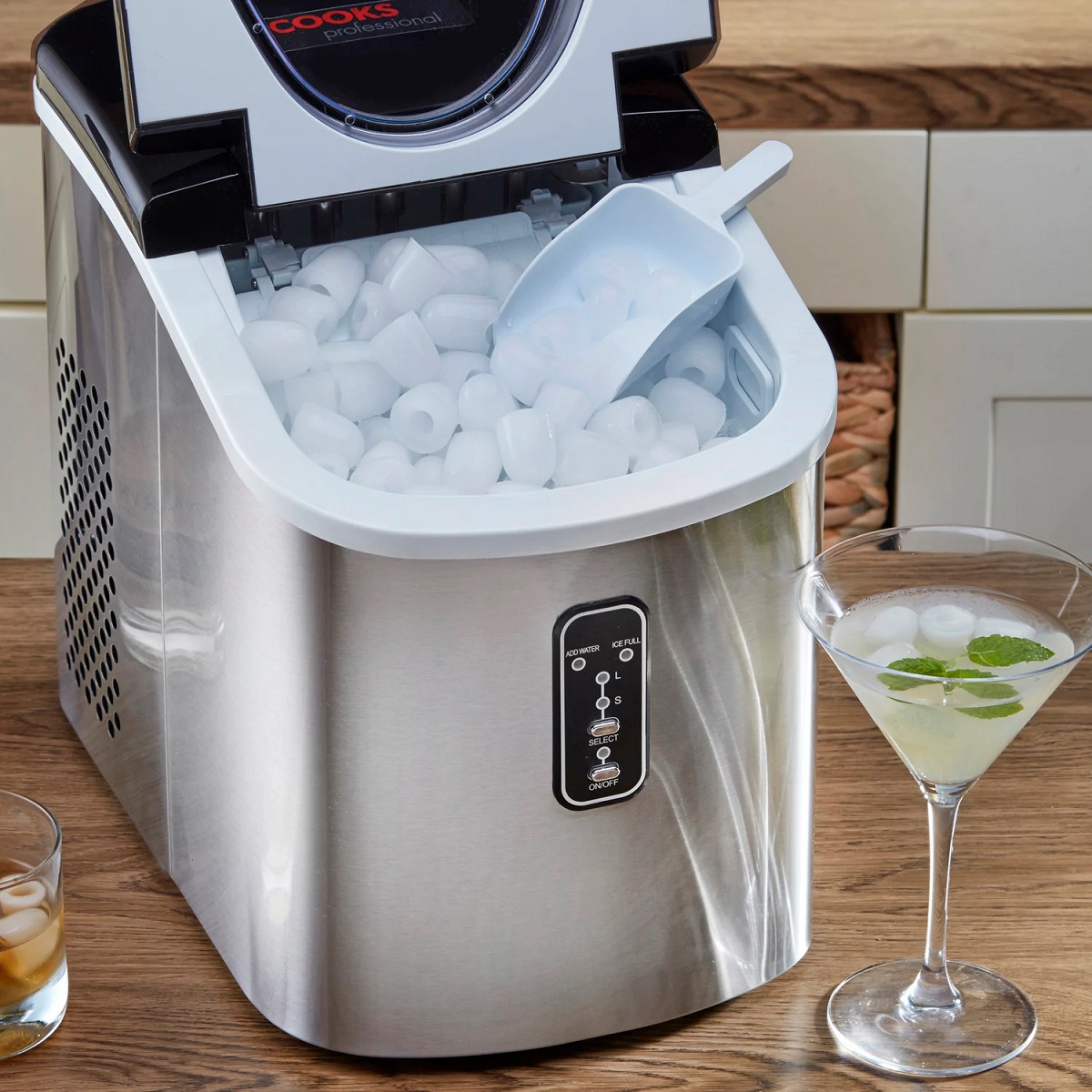

Articles
Why Is My Ice Melting In My Ice Maker
Modified: February 28, 2024
(Many of the links in this article redirect to a specific reviewed product. Your purchase of these products through affiliate links helps to generate commission for Storables.com, at no extra cost. Learn more)
Why Is My Ice Melting In My Ice Maker
Having ice melt in your ice maker can be frustrating, especially when you’re relying on it to keep your drinks cool or to preserve perishable items. There are several common causes that can lead to ice melting in your ice maker. Let’s explore them and understand how to address these issues.
Key Takeaways:
- Keep your ice maker in a cool, well-ventilated area away from heat sources to prevent ice melting. Regularly clean vents, check thermostat, and ensure steady water supply for optimal ice production.
- Address high ambient temperature, malfunctioning thermostat, inadequate airflow, water supply issues, and faulty components to prevent ice melting in ice makers. Regular maintenance and following manufacturer’s instructions are crucial for long-lasting ice.
Read more: Why Is My Ice Maker Not Dropping Ice
Common Causes of Ice Melting in Ice Makers
-
High Ambient Temperature: The temperature of the environment where your ice maker is installed can have a significant impact on its performance. If the ambient temperature is too high, it can cause the ice to melt quickly. Ensure that your ice maker is installed in a cool area away from direct sunlight or other heat sources.
-
Malfunctioning Thermostat: The thermostat in your ice maker is responsible for maintaining the proper temperature for ice production. If it is not functioning correctly, it can cause the ice to melt prematurely. Consider checking the thermostat and recalibrating it if necessary or contact a professional for assistance.
-
Inadequate Airflow: Proper airflow is crucial for the efficient operation of your ice maker. If the vents or air passages are blocked or obstructed, it can lead to inadequate airflow, causing the ice to melt faster. Make sure to regularly clean the vents and ensure there is ample space around the ice maker for proper ventilation.
-
Water Supply Issues: Insufficient or fluctuating water supply can also contribute to ice melting. If the water pressure is too low or if there are leaks in the water supply line, it can result in the production of thin, hollow, or fragmented ice cubes that melt quickly. Check the water supply line and ensure it is functioning properly.
-
Faulty Ice Maker Components: Sometimes, the issue lies within the ice maker itself. Malfunctioning components such as the water inlet valve, ice mold thermostat, or ice maker motor can prevent proper ice production and lead to melting. If you suspect this to be the case, it may be necessary to replace or repair these components.
Tips to Prevent Ice Melting in Ice Makers
- Keep your ice maker in a cool and well-ventilated area, away from heat sources.
- Regularly clean the vents and ensure proper airflow around the ice maker.
- Check the thermostat and recalibrate if necessary.
- Inspect the water supply line for leaks or low pressure.
- Regularly defrost the ice maker to remove any ice build-up.
- If you continue to experience issues, contact a professional technician for further assistance.
By understanding these common causes of ice melting in ice makers and taking the necessary steps to address them, you can ensure that your ice maker functions optimally and provides you with consistent and long-lasting ice. Remember to consult the manufacturer’s manual for specific instructions related to your ice maker model.
Happy ice-making!
Introduction
An ice maker is a convenient appliance that allows you to have a constant supply of ice at your disposal. Whether you’re hosting a party, enjoying a refreshing drink, or preserving food, having ice readily available can make a significant difference. However, there are instances when you may notice that the ice in your ice maker is melting faster than usual. This can be a cause for concern and can leave you wondering why your ice is melting in your ice maker.
The phenomenon of ice melting in an ice maker can be attributed to various factors, ranging from environmental conditions to mechanical problems within the appliance itself. Understanding these factors can help you identify the root cause of the issue and take appropriate measures to address it.
In this article, we will explore the common causes of ice melting in ice makers and provide tips to prevent or resolve this problem. By gaining a deeper understanding of these issues, you will be better equipped to ensure the optimal functioning of your ice maker and enjoy ice that lasts longer.
So, let’s dive into the possible reasons behind ice melting in ice makers and discover how you can resolve this frustrating issue!
Key Takeaways:
- Keep your ice maker in a cool, well-ventilated area away from heat sources to prevent ice melting. Regularly clean vents, check thermostat, and ensure steady water supply for optimal ice production.
- Address high ambient temperature, malfunctioning thermostat, inadequate airflow, water supply issues, and faulty components to prevent ice melting in ice makers. Regular maintenance and following manufacturer’s instructions are crucial for long-lasting ice.
Read more: Why Is My Ice Maker Not Dropping Ice
Common Causes of Ice Melting in Ice Makers
Ice melting in ice makers can be attributed to several common causes. By identifying these causes, you can troubleshoot and resolve the issue effectively. Here are some possible reasons why your ice may be melting in your ice maker:
- High Ambient Temperature: The surrounding environment plays a significant role in the performance of your ice maker. If the ambient temperature is high, it can accelerate the melting process, causing the ice cubes to melt faster. Ensure that your ice maker is placed in a cool area away from direct sunlight or other sources of heat.
- Malfunctioning Thermostat: The thermostat in your ice maker controls the temperature and cycle of ice production. If the thermostat is not functioning correctly, it may not maintain the ideal temperature, leading to premature melting of the ice cubes. Consider checking the thermostat settings and recalibrating if necessary or consult a professional technician for assistance.
- Inadequate Airflow: Proper airflow is essential for the efficient operation of your ice maker. If the vents or air passages are blocked or obstructed, it can restrict the airflow, resulting in inadequate cooling and faster ice melting. Regularly clean the vents and ensure there is ample space around the ice maker for proper ventilation.
- Water Supply Issues: Insufficient or fluctuating water supply can also contribute to ice melting in ice makers. If there is low water pressure or leaks in the water supply line, it can lead to the production of thin, hollow, or fragmented ice cubes that melt quickly. Check the water supply line for any issues and ensure it is delivering a steady flow of water to the ice maker.
- Faulty Ice Maker Components: Sometimes, the problem lies within the ice maker itself. Malfunctioning components such as the water inlet valve, ice mold thermostat, or ice maker motor can disrupt the ice-making process and cause the ice to melt prematurely. If you suspect any faulty components, consider contacting a professional technician to diagnose and repair or replace the damaged parts.
These are some of the common causes of ice melting in ice makers. By addressing these issues, you can prevent ice wastage and ensure that your ice maker produces quality ice that lasts longer. In the next section, we will provide some useful tips on how to prevent ice melting in your ice maker.
Read more: Why Is My Ice Maker Making Clumps Of Ice
High Ambient Temperature
One of the primary causes of ice melting in ice makers is a high ambient temperature in the vicinity of the appliance. When the surrounding temperature is too hot, it puts additional stress on the ice maker and can lead to faster ice melting. Here’s how high ambient temperature affects ice makers:
Accelerated Heat Transfer: The ice maker works by extracting heat from water to freeze it, creating ice cubes. However, if the ambient temperature is high, it can increase the heat transfer rate, causing the ice to melt more quickly.
Reduced Cooling Efficiency: Ice makers rely on a refrigeration system to maintain a low temperature inside the appliance. When the ambient temperature is high, it puts a strain on the cooling system, reducing its efficiency and making it harder to keep the ice frozen.
Increased Heat Load: The heat load refers to the amount of heat energy that the ice maker needs to remove from the water to freeze it. In a high-temperature environment, the ice maker faces a higher heat load, which can overwhelm its cooling capacity and result in ice melting.
To mitigate the impact of high ambient temperature on ice melting, follow these tips:
- Choose an Ideal Location: Place your ice maker in a cool and well-ventilated area, away from direct sunlight and other sources of heat. Optimal locations include air-conditioned rooms, shaded areas, or pantry spaces.
- Provide Adequate Space: Ensure that there is sufficient space around the ice maker for proper air circulation. Avoid placing the appliance in tight or enclosed spaces that restrict airflow, as it can hinder the cooling process and accelerate ice melting.
- Maintain a Cool Environment: If the ambient temperature is consistently high, consider using fans or an air conditioning unit in the room to create a cooler environment. This can help reduce the strain on the ice maker and prevent excessive ice melting.
- Insulate the Ice Maker: If the ice maker is exposed to significant heat sources, such as a nearby oven or stove, consider adding insulation around the appliance to minimize heat transfer and maintain a cooler temperature inside.
By addressing the challenges posed by high ambient temperature, you can ensure that your ice maker operates optimally and produces ice that lasts longer. Stay tuned for the next section, where we will discuss another potential cause of ice melting in ice makers.
Check the temperature setting on your freezer to ensure it is set to the appropriate level for ice making. If the temperature is too high, it can cause the ice to melt.
Malfunctioning Thermostat
A malfunctioning thermostat is another common cause of ice melting in ice makers. The thermostat is responsible for maintaining the proper temperature within the appliance to ensure efficient ice production and preservation. When the thermostat malfunctions, it can disrupt the cooling process and result in ice melting faster than usual. Here’s how a malfunctioning thermostat affects ice makers:
Inconsistent Temperature Control: The thermostat is designed to regulate the temperature inside the ice maker. If it fails to accurately measure and control the temperature, it may result in fluctuations or an incorrect temperature setting. This inconsistency can lead to ice melting prematurely.
Incorrect Temperature Calibration: Over time, the thermostat in an ice maker can go out of calibration, resulting in inaccurate temperature readings. This can cause the appliance to operate at a higher or lower temperature than intended, leading to inadequate ice production and accelerated ice melting.
Faulty Thermostat Sensor: The thermostat relies on a sensor to detect the temperature within the ice maker. If this sensor is faulty or damaged, it may provide incorrect information to the thermostat, causing it to malfunction and disrupt the ice-making process.
To address a malfunctioning thermostat in your ice maker, consider the following steps:
- Check the Thermostat Settings: Ensure that the thermostat is set at the appropriate temperature for ice production. Consult the manufacturer’s manual or instructions for the recommended temperature setting.
- Recalibrate the Thermostat: If you suspect that the thermostat is out of calibration, follow the manufacturer’s instructions to recalibrate it. This process usually involves adjusting the thermostat to the correct temperature using a calibration screw or similar mechanism.
- Seek Professional Assistance: If recalibrating the thermostat doesn’t resolve the issue, or if you’re unsure about performing the recalibration yourself, it’s recommended to contact a professional technician. They have the expertise to diagnose and repair any problems with the thermostat or other components of the ice maker.
By addressing any malfunctioning thermostat issues, you can ensure that your ice maker maintains the proper temperature for ice production, preventing premature melting and ensuring the longevity of your ice cubes. Keep reading to learn about another potential cause of ice melting in ice makers.
Inadequate Airflow
Inadequate airflow is a common factor that can contribute to ice melting in ice makers. Proper airflow is essential for the efficient operation of the appliance and maintaining the optimal temperature for ice production. When there is a lack of airflow, it can lead to insufficient cooling and faster ice melting. Here’s how inadequate airflow affects ice makers:
Restricted Ventilation: Ice makers rely on ventilation to dissipate heat and maintain a cool environment. If the vents or air passages in the ice maker become blocked or obstructed, it hampers the airflow and prevents the proper release of heat. This can result in inadequate cooling and accelerated ice melting.
Reduced Heat Exchange: The airflow in an ice maker facilitates the exchange of heat between the internal components and the surrounding environment. When the airflow is restricted, the heat generated during ice production cannot be efficiently dissipated, leading to a warmer environment and faster ice melting.
Uneven Temperature Distribution: Inadequate airflow can cause uneven distribution of cool air within the ice maker. Certain areas may receive less airflow than others, resulting in temperature variations. This imbalance can lead to uneven ice formation and melting.
To address inadequate airflow in your ice maker, consider the following steps:
- Clean the Vents: Regularly inspect and clean the vents or air passages in your ice maker. Remove any debris, dust, or ice build-up that may be blocking the flow of air. Use a soft brush or cloth to gently clean the vents and ensure proper airflow.
- Ensure Sufficient Space: Proper spacing around the ice maker is essential for adequate airflow. Make sure there is enough clearance around the appliance to allow for unrestricted airflow. Avoid placing objects or other appliances too close to the ice maker, as it can hinder the ventilation process.
- Improve Ventilation: If you notice that the area where your ice maker is located has poor ventilation, consider improving it. Install a fan or ensure that the room has sufficient air circulation to facilitate the proper exchange of heat.
- Professional Inspection: If you’ve cleaned the vents and provided adequate space but still experience inadequate airflow, it may be necessary to seek professional assistance. A technician can inspect the internal components of the ice maker and identify any issues that may be causing the airflow problem.
By addressing inadequate airflow issues in your ice maker, you can ensure that the appliance operates efficiently and produces ice that remains frozen for a longer time. Stay tuned to learn about another potential cause of ice melting in ice makers.
Water Supply Issues
Water supply issues can also contribute to ice melting in ice makers. Insufficient or fluctuating water supply can affect the ice-making process and lead to the production of ice cubes that melt quickly. Here are some ways water supply issues can impact your ice maker:
Low Water Pressure: If the water pressure is too low, it can hinder the fill cycle of the ice maker, resulting in the production of small or incomplete ice cubes. These ice cubes have a larger surface area and are more prone to melting faster.
Leaks in the Water Supply Line: Any leaks in the water supply line can lead to a reduced flow of water to the ice maker. This can cause the ice cubes to be smaller, unevenly formed, or hollow, making them more susceptible to melting quickly.
Fluctuating Water Supply: Inconsistent water supply, such as water pressure fluctuations or interrupted water flow, can affect the ice-making process. This can lead to ice cubes that are not properly formed and have a higher likelihood of melting prematurely.
To address water supply issues in your ice maker, consider the following steps:
- Check the Water Pressure: Ensure that the water pressure is within the recommended range for your ice maker. If it’s too low, contact a plumber to inspect and adjust the water pressure accordingly.
- Inspect for Leaks: Check the water supply line for any visible leaks. If you notice any leaks, it’s important to repair them promptly or seek assistance from a professional plumber to fix the issue.
- Filter Maintenance: If your ice maker has a water filter, make sure it is clean and functioning properly. Clogged or dirty water filters can hinder water flow and affect ice quality. Follow the manufacturer’s guidelines for cleaning or replacing the filter as needed.
- Ensure Consistent Water Supply: If you experience frequent water interruptions, consider installing a water reservoir or a backup water supply system to ensure a consistent water flow to the ice maker. This can help prevent fluctuations in ice quality and melting.
By addressing water supply issues in your ice maker, you can ensure a consistent water flow and improve the quality and longevity of your ice cubes. Keep reading to explore another potential cause of ice melting in ice makers.
Read more: Why Is My Ice Maker Not Making
Faulty Ice Maker Components
Faulty components within the ice maker itself can also contribute to ice melting. Malfunctioning parts such as the water inlet valve, ice mold thermostat, or ice maker motor can disrupt the ice-making process and lead to premature melting of the ice cubes. Here’s how these faulty components can affect your ice maker:
Water Inlet Valve: The water inlet valve controls the flow of water into the ice maker. If it is not functioning properly, it can result in insufficient water filling the ice mold. This can lead to smaller and weaker ice cubes that melt faster.
Ice Mold Thermostat: The ice mold thermostat regulates the temperature of the ice mold to ensure proper ice formation. If it is defective or out of calibration, it can cause the ice cubes to melt prematurely. This can result in soft or slushy ice that doesn’t retain its shape.
Ice Maker Motor: The motor drives the ice maker’s various mechanical components, such as the ice ejector and the water valve. If the motor is faulty, it can affect the overall operation of the ice maker, leading to inadequate ice production and accelerated ice melting.
To address faulty ice maker components, consider the following steps:
- Inspect for Visible Damage: Examine the ice maker for any visible signs of damage or malfunctioning components. Look for loose connections, leaking water, or unusual noises coming from the appliance. If you notice any issues, it may be necessary to replace or repair the faulty component.
- Consult the Manufacturer’s Manual: Refer to the manufacturer’s manual or documentation for troubleshooting steps specific to your ice maker model. It may provide guidance on identifying and resolving issues related to faulty components.
- Seek Professional Assistance: If you’re unable to identify or address the faulty component yourself, it’s advisable to contact a professional technician who specializes in ice maker repairs. They have the expertise and tools to diagnose and fix the problem effectively.
By addressing faulty ice maker components promptly, you can ensure that the appliance operates smoothly, produces high-quality ice, and minimizes ice melting. In the next section, we will provide some useful tips to help prevent ice melting in your ice maker.
Tips to Prevent Ice Melting in Ice Makers
Preventing ice melting in your ice maker is essential to ensure a continuous supply of ice for your various needs. By following these tips, you can maintain the quality and longevity of your ice cubes:
- Keep your ice maker in a cool and well-ventilated area: Choose a location for your ice maker that is away from direct sunlight, heat sources, and areas with high ambient temperatures. This helps to maintain a cooler environment for your ice maker and minimize ice melting.
- Regularly clean the vents and ensure proper airflow: Dust and debris can accumulate in the vents over time, restricting airflow and hindering the cooling process. Regularly clean the vents using a soft brush or cloth to ensure proper air circulation and efficient cooling.
- Check and recalibrate the thermostat: The thermostat is responsible for maintaining the ideal temperature for ice production. Periodically check the thermostat settings and recalibrate if necessary, ensuring that it operates accurately to prevent ice from melting prematurely.
- Ensure a steady water supply: Regularly inspect the water supply line to ensure there are no leaks or blockages that can disrupt the water flow to the ice maker. Adequate water supply is crucial for the formation of solid, well-formed ice cubes that are less prone to melting quickly.
- Defrost the ice maker regularly: Ice build-up can affect the performance and efficiency of your ice maker. Regularly defrost and clean the ice maker to remove any accumulated ice or frost. Follow the manufacturer’s instructions for defrosting your specific ice maker model.
- Maintain proper maintenance and cleaning: Regularly clean the inside of the ice maker, including the ice mold and other components. Use a mild cleaner and warm water to remove any residue or mineral deposits that can affect the ice-making process and contribute to ice melting.
- Consider using a water filter: Installing a water filter can help remove impurities from the water supply, ensuring cleaner and better-tasting ice. A clean water supply can also help prevent blockages and maintain the performance of your ice maker.
- Follow manufacturer’s instructions: Always refer to the manufacturer’s manual or guidelines for specific care and maintenance instructions for your ice maker model. Different ice makers may have specific requirements and recommendations to ensure optimal performance and ice quality.
By following these tips, you can prevent or minimize ice melting in your ice maker, ensuring a constant supply of ice that remains solid and usable for longer periods. Remember to consult the manufacturer’s instructions for any specific maintenance recommendations for your ice maker to ensure its longevity and performance.
With these proactive measures in place, you can enjoy the convenience and reliability of your ice maker, knowing that your ice will stay frozen and ready for your enjoyment or use whenever you need it. Cheers to ice that lasts!
Conclusion
Ice melting in an ice maker can be frustrating, but understanding the common causes and implementing preventive measures can help you address and resolve the issue. We have explored various factors that can contribute to ice melting in ice makers, including high ambient temperature, malfunctioning thermostat, inadequate airflow, water supply issues, and faulty components.
To prevent ice melting, it is crucial to keep your ice maker in a cool and well-ventilated area, away from heat sources. Regularly clean the vents and ensure proper airflow. Check and recalibrate the thermostat to maintain the ideal temperature for ice production. Address any water supply issues, such as low water pressure or leaks in the supply line. In addition, it is essential to ensure proper care and maintenance of the ice maker, including regular defrosting and cleaning.
By following these tips and addressing these potential issues, you can enjoy longer-lasting ice in your ice maker and avoid the frustration of melted ice cubes. Remember to consult the manufacturer’s manual for specific instructions related to your ice maker model.
In conclusion, maintaining a cool environment, ensuring adequate airflow, addressing water supply issues, and troubleshooting faulty components are key to preventing ice melting in ice makers. By taking these proactive steps, you can enjoy consistent and well-preserved ice cubes for all your cooling and beverage needs.
So, keep these tips in mind, implement the necessary measures, and enjoy the convenience of a properly functioning ice maker that consistently provides you with refreshing and long-lasting ice!
Frequently Asked Questions about Why Is My Ice Melting In My Ice Maker
Was this page helpful?
At Storables.com, we guarantee accurate and reliable information. Our content, validated by Expert Board Contributors, is crafted following stringent Editorial Policies. We're committed to providing you with well-researched, expert-backed insights for all your informational needs.
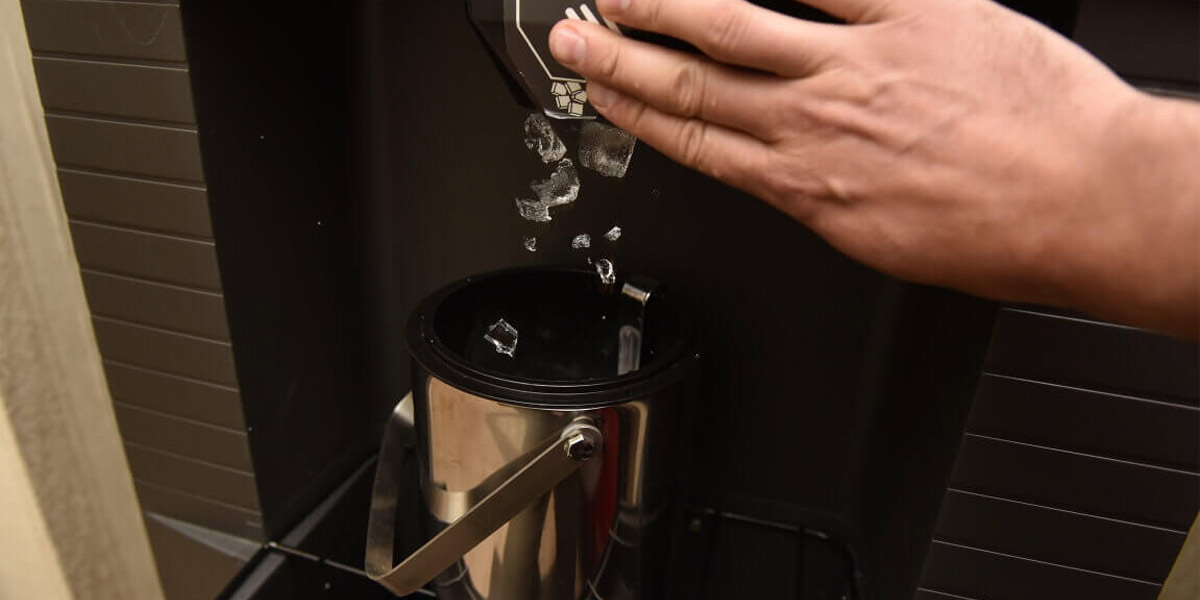
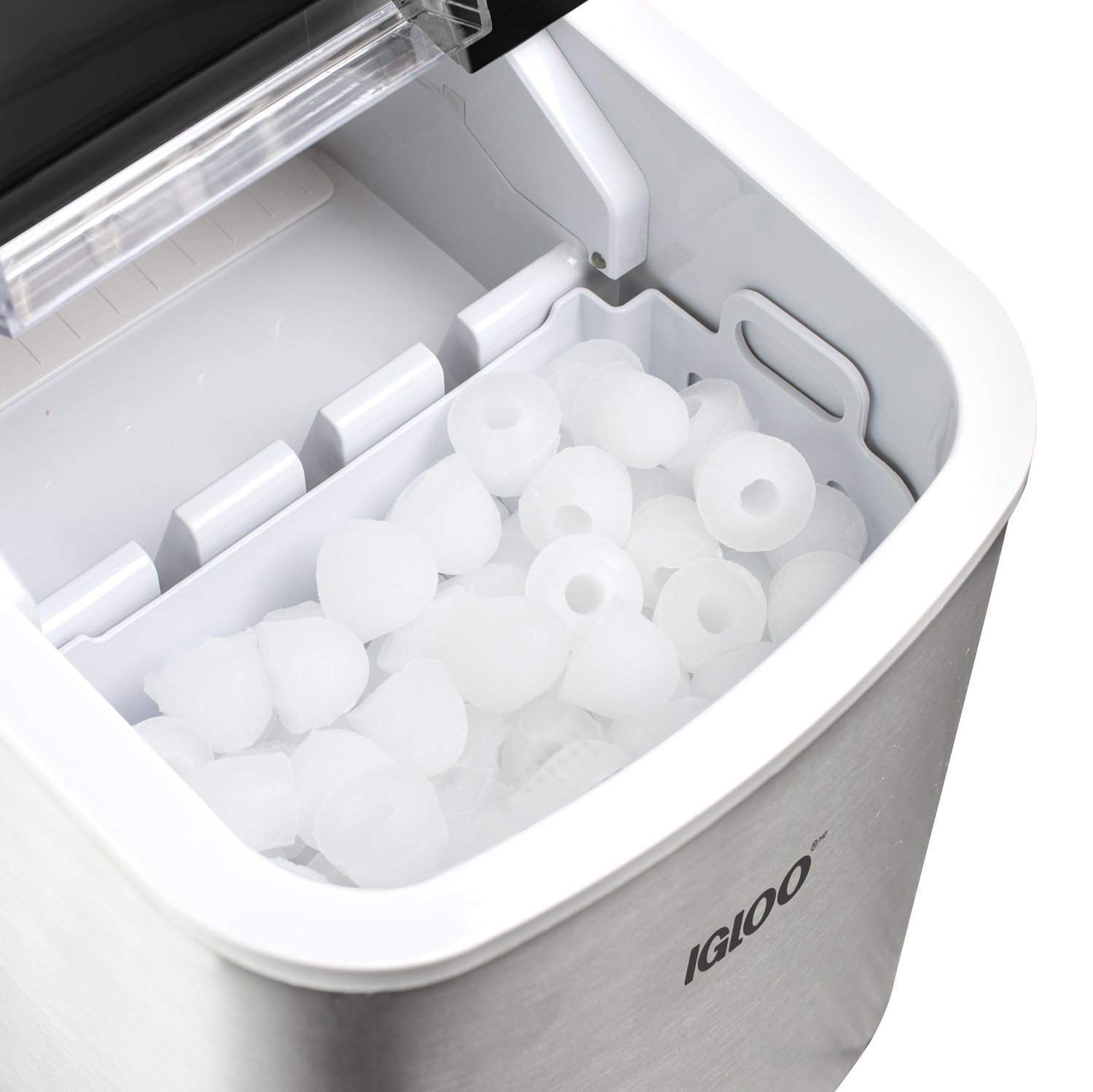
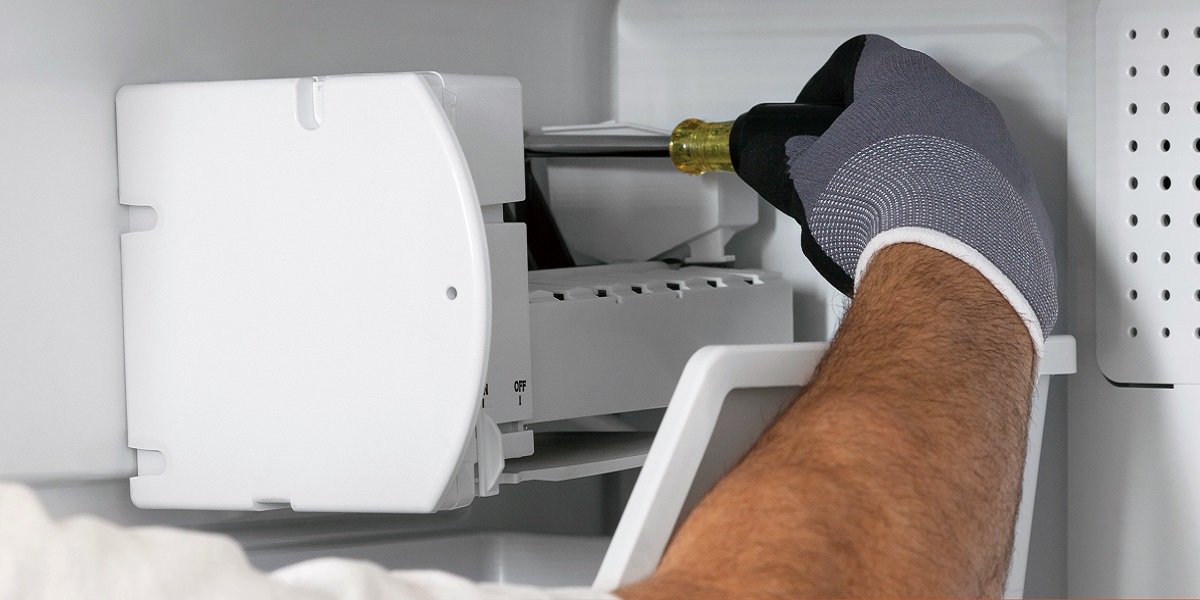
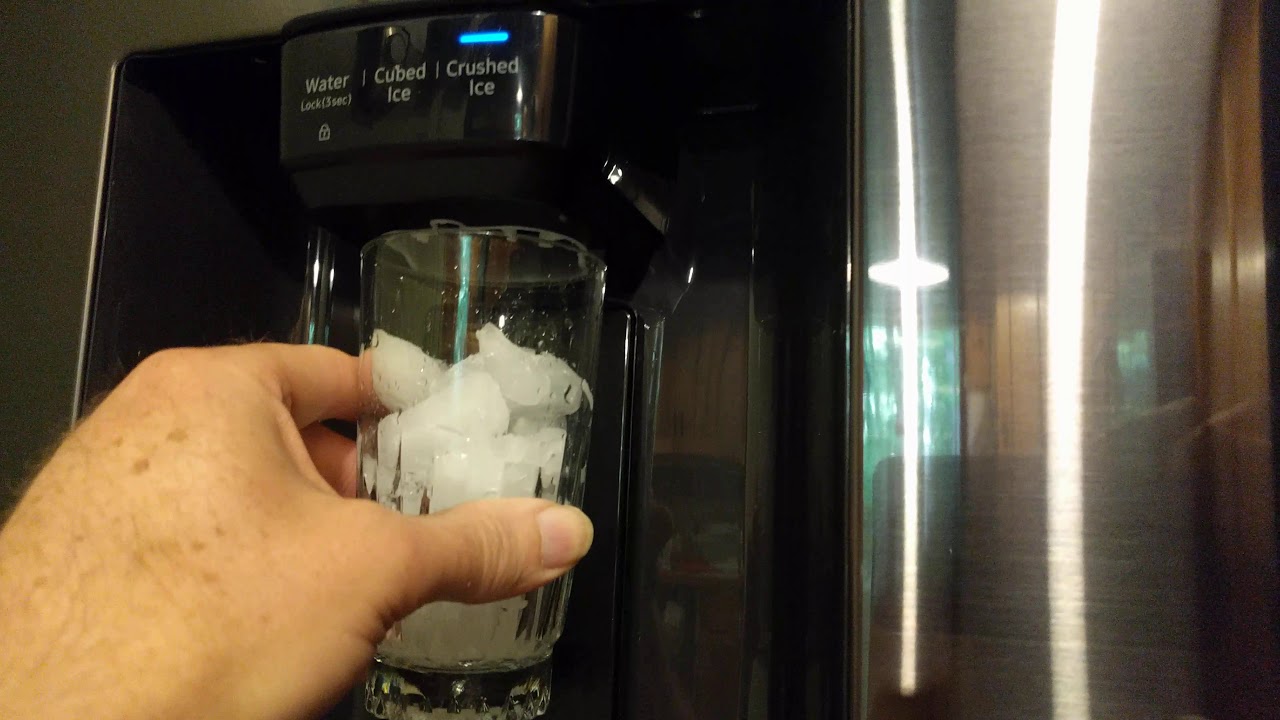
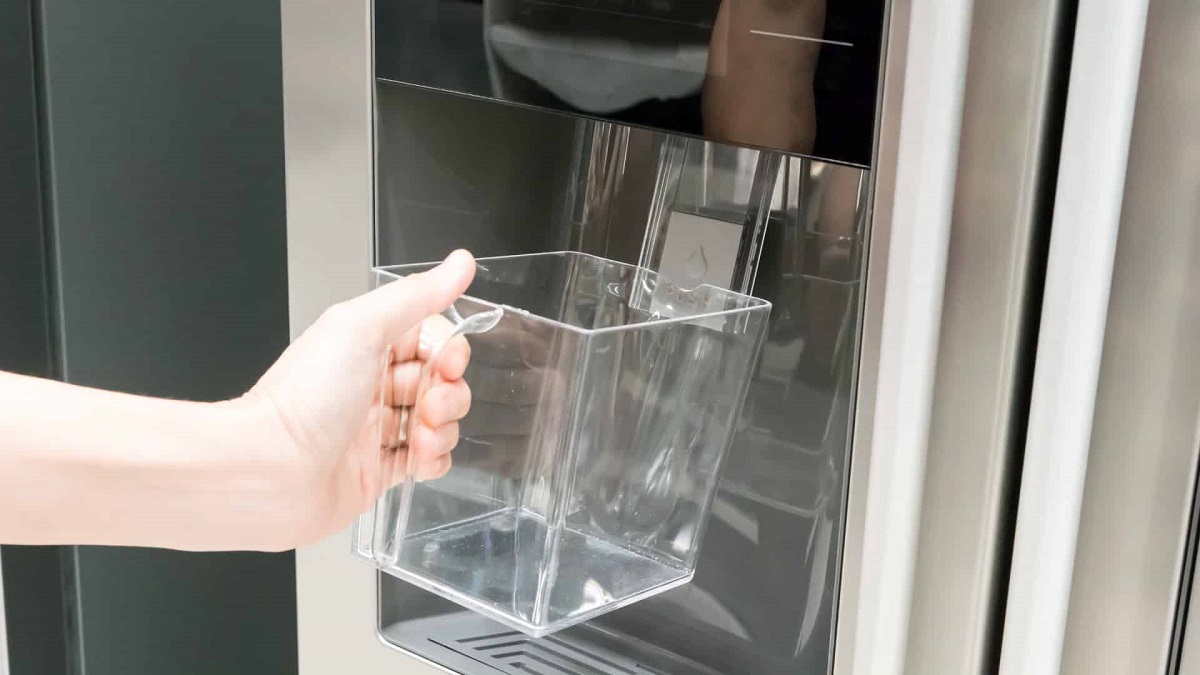
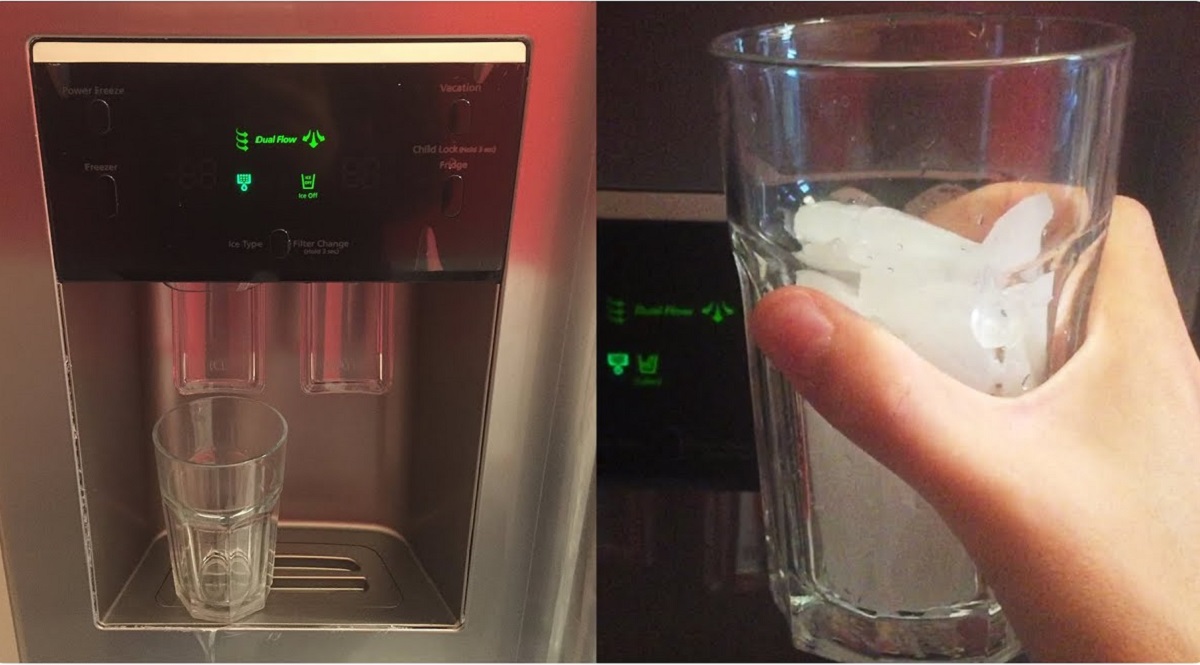
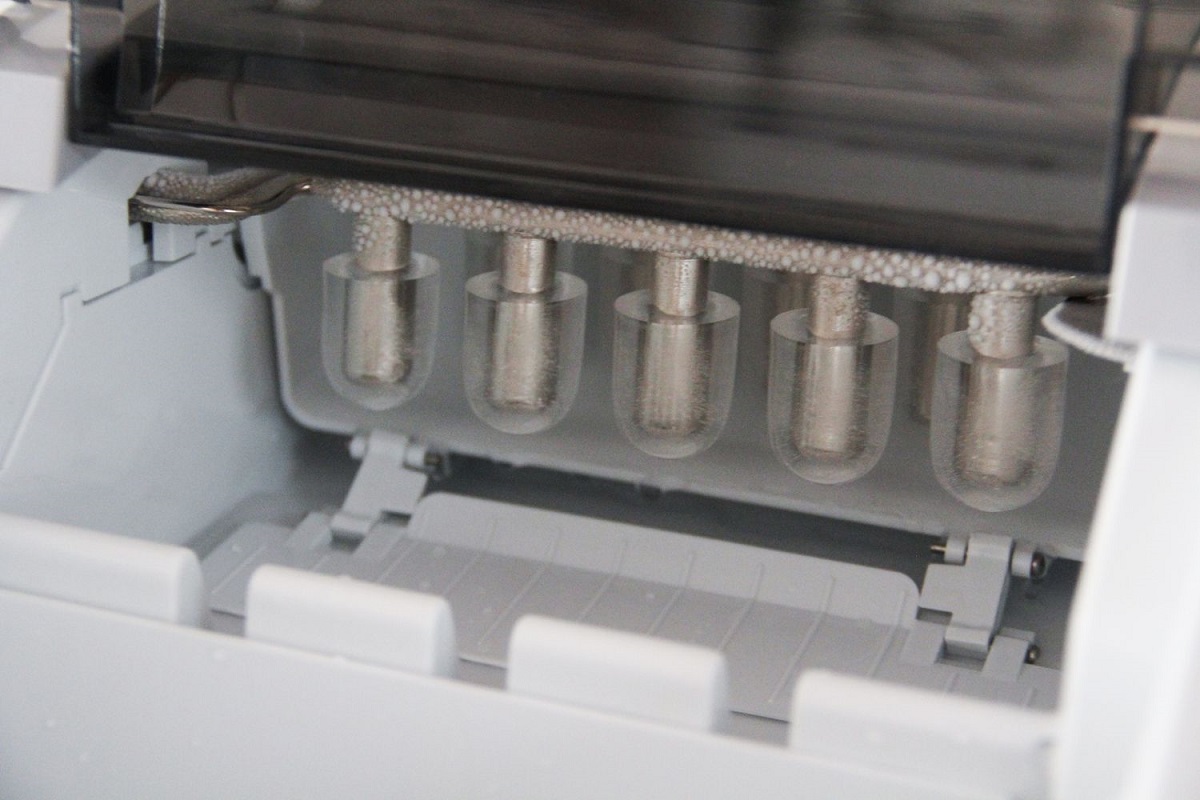
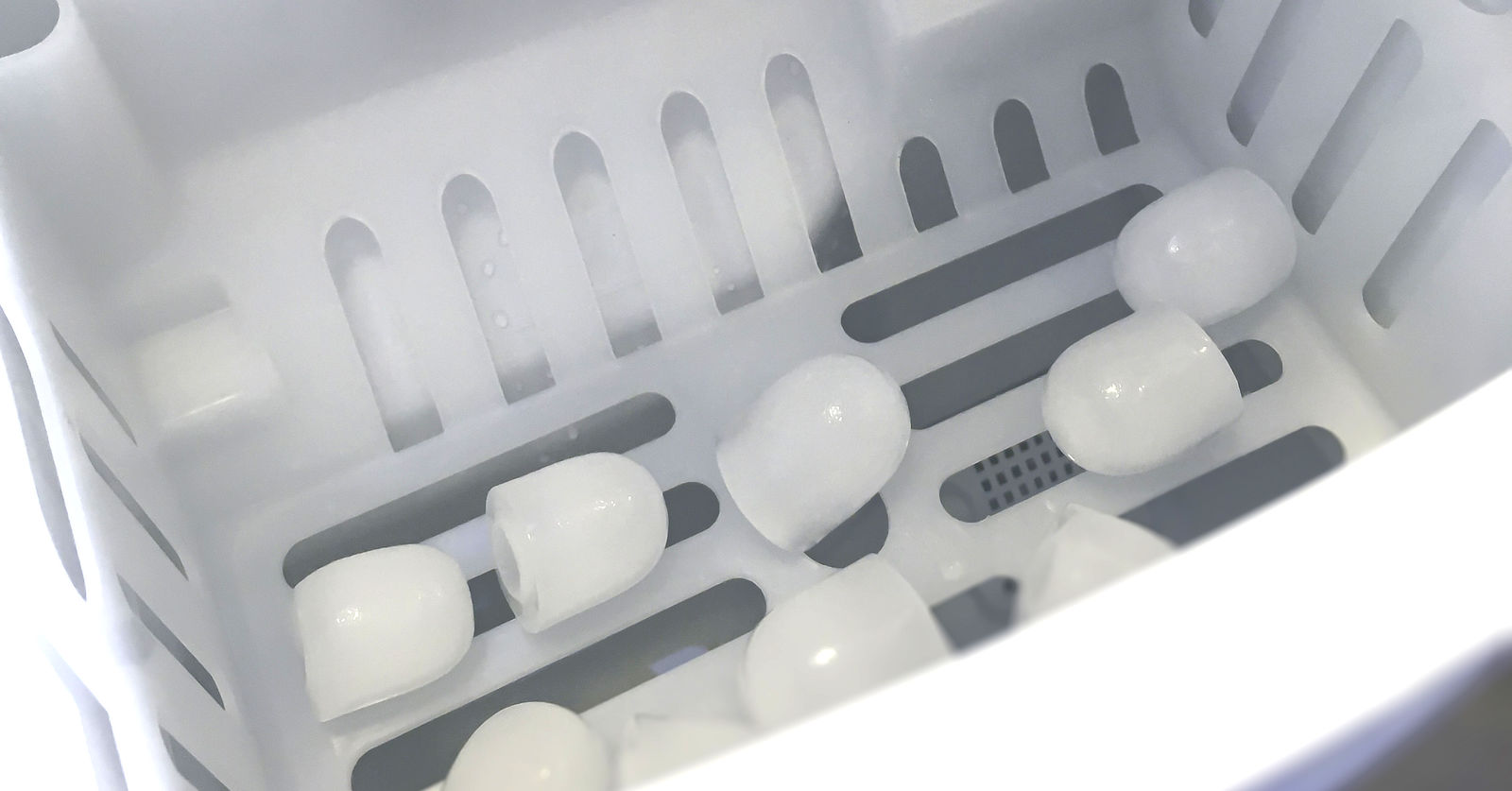
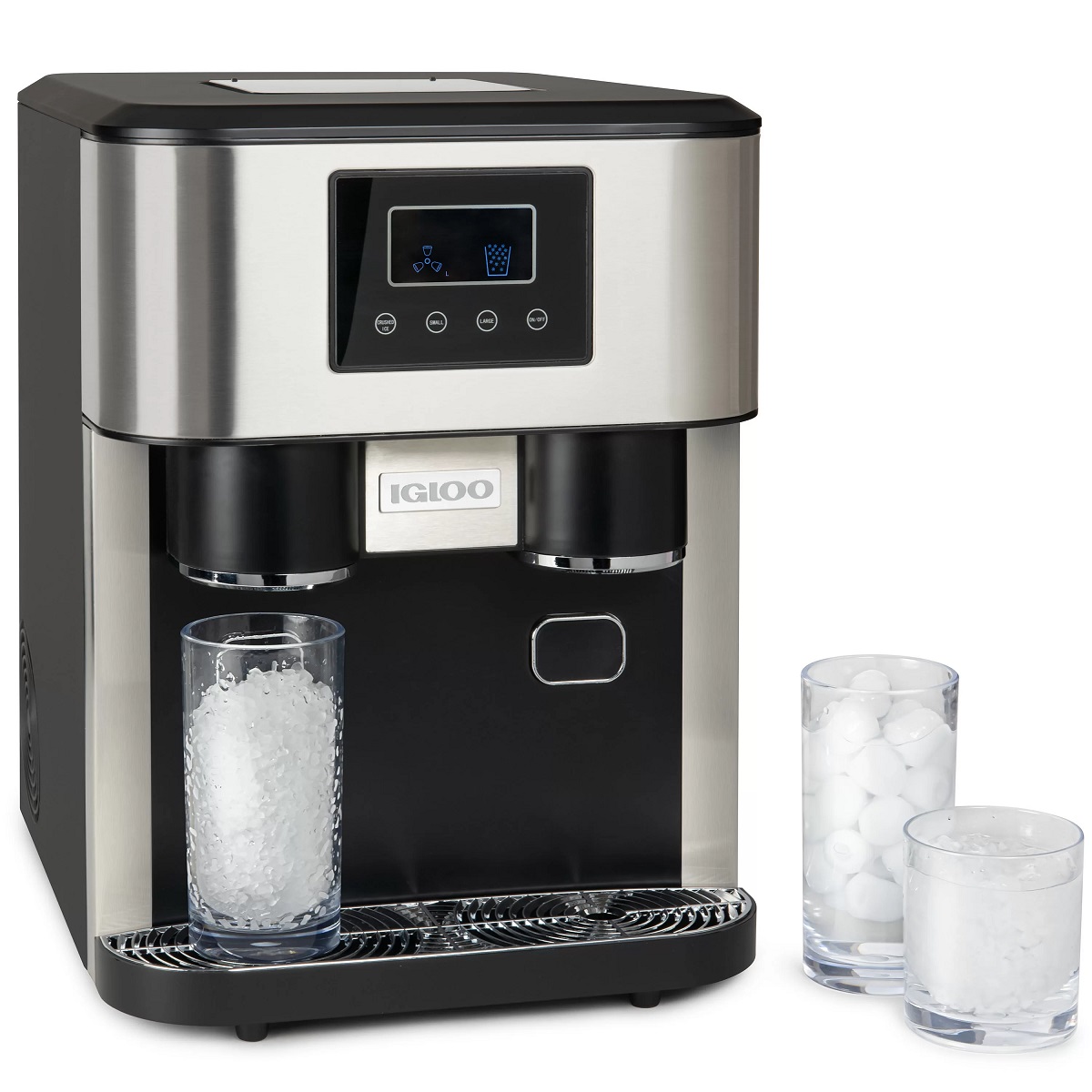
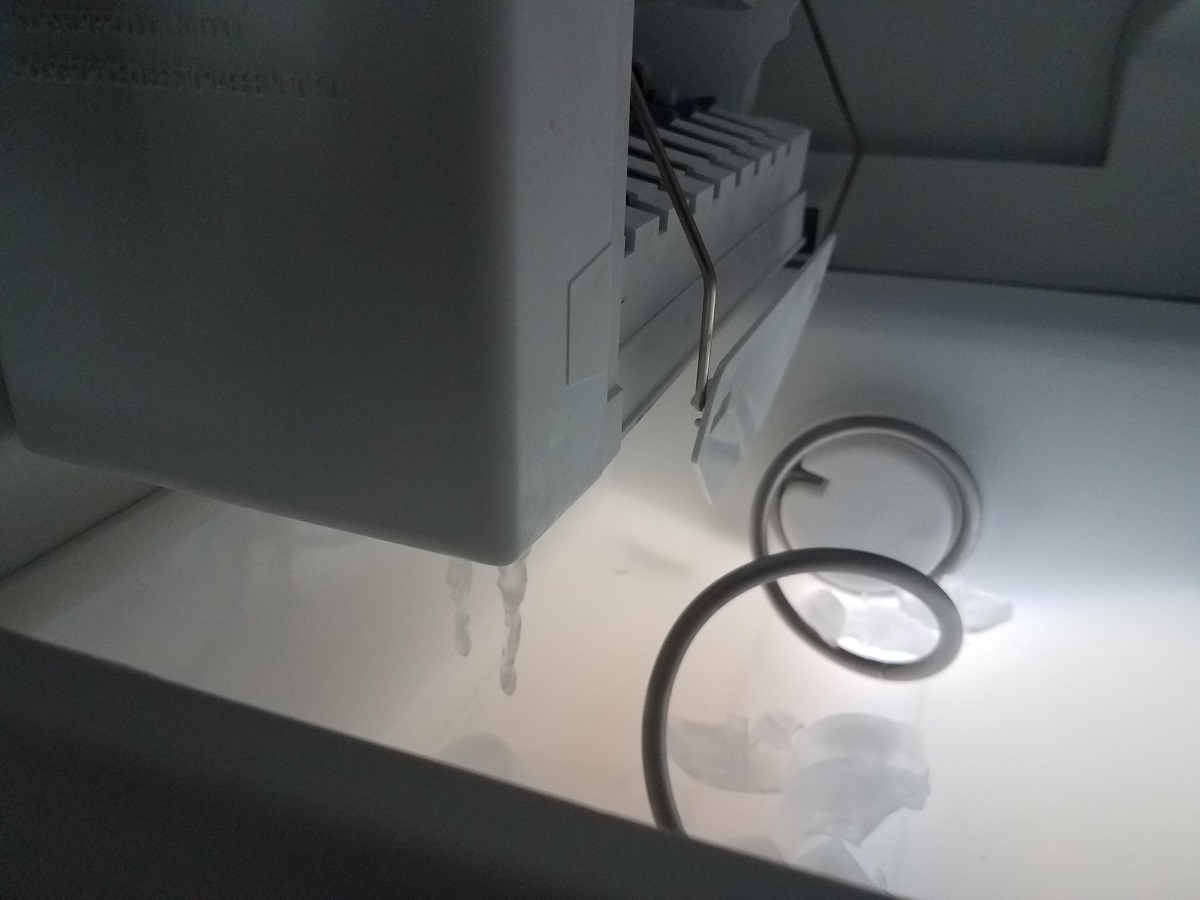
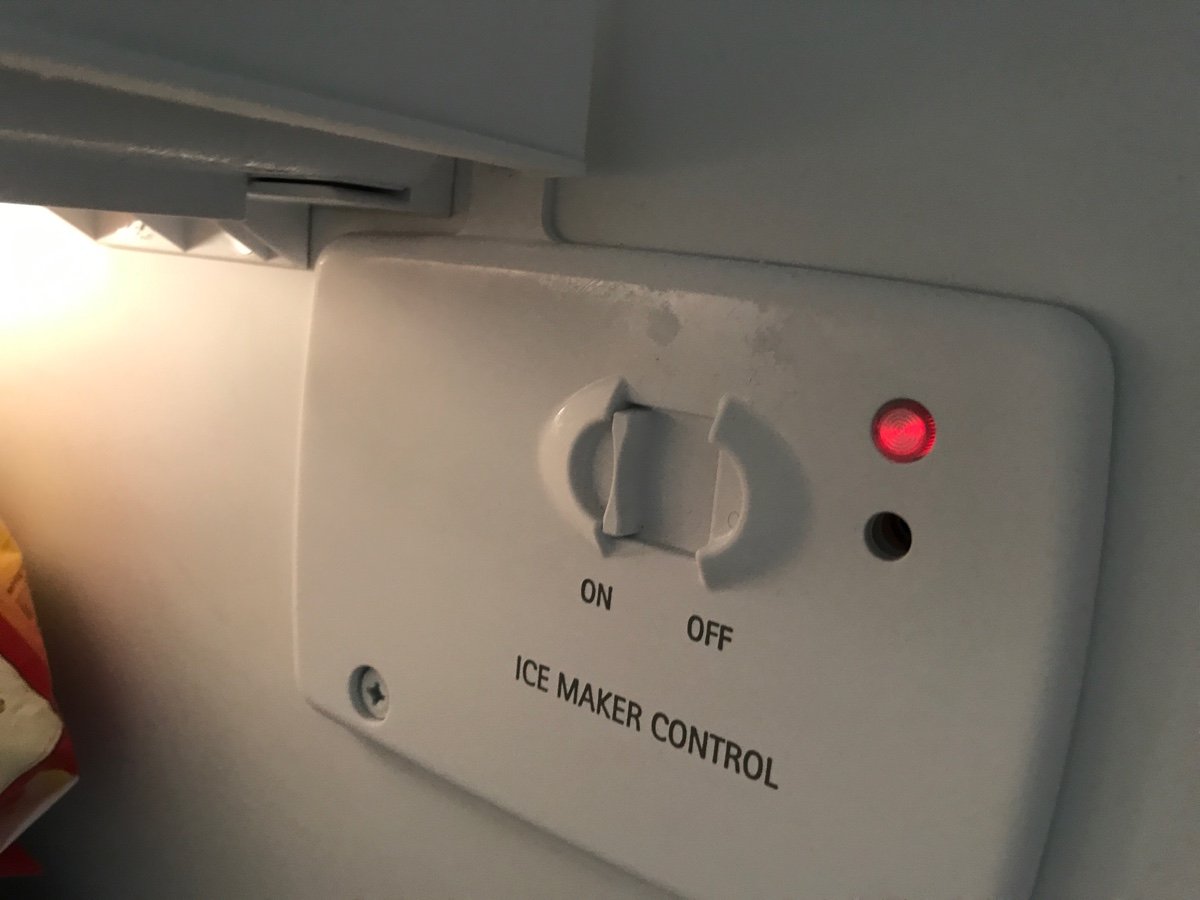
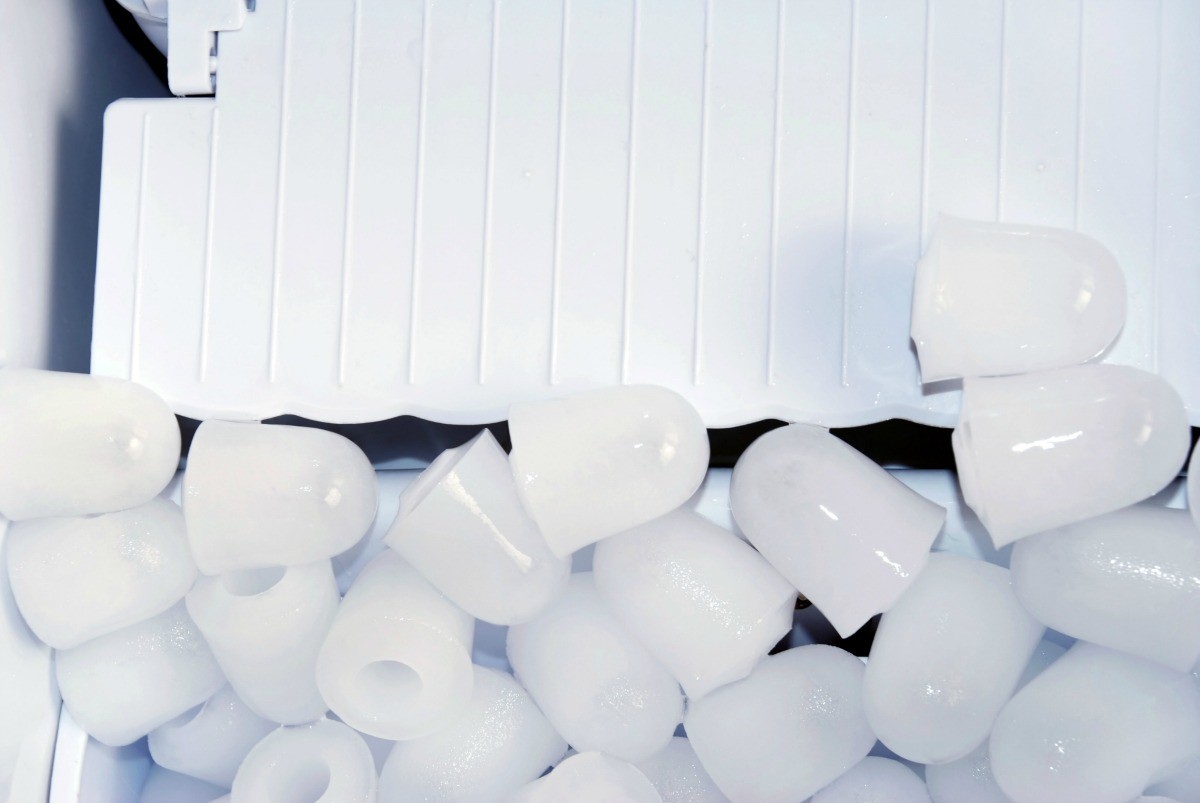
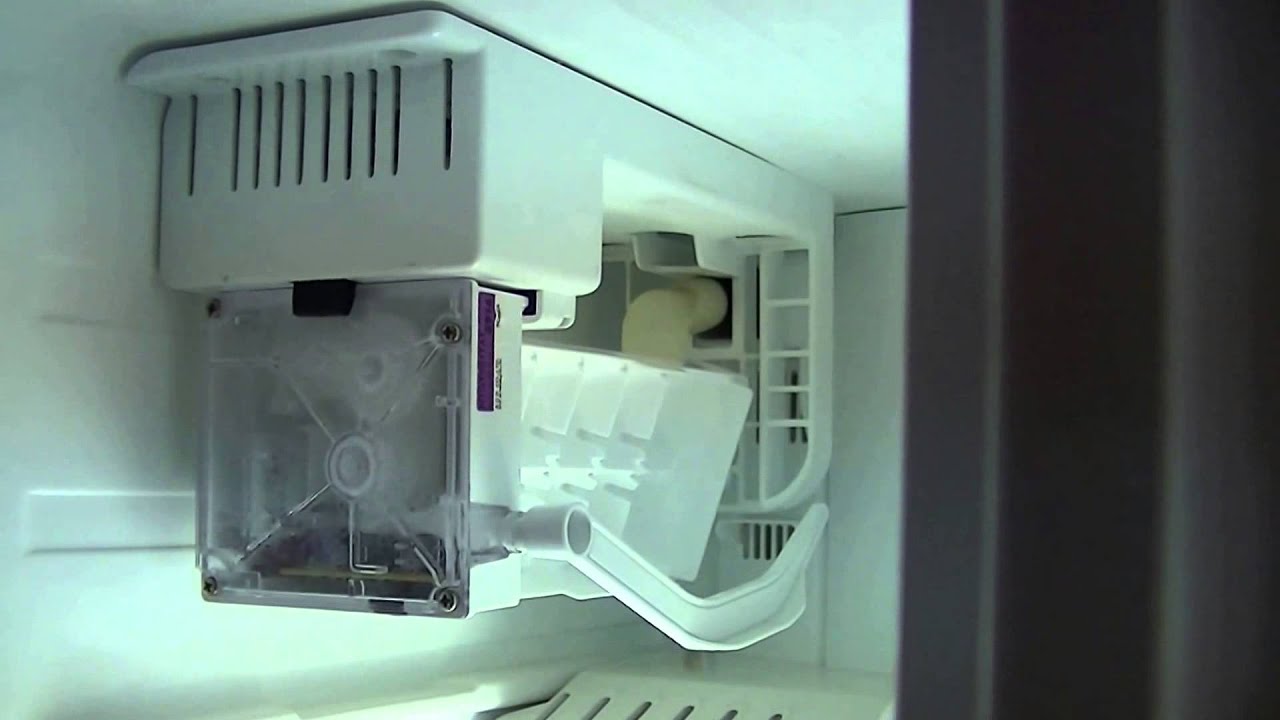

0 thoughts on “Why Is My Ice Melting In My Ice Maker”